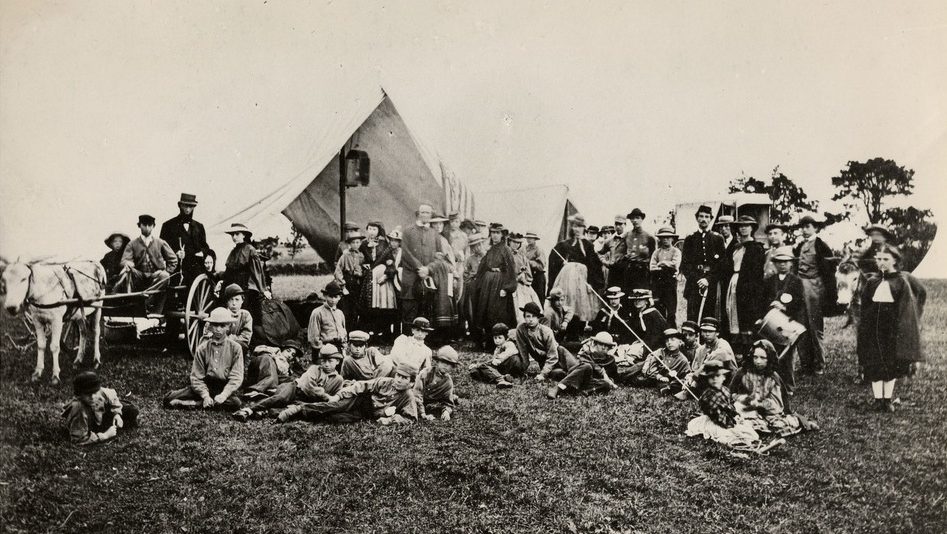Joseph Stiglitz on The Problem of Too Much Borrowing.
Card: Are you worried about the national debt?
Stiglitz: Exactly… well, that was the other aspect of… of the relationship between the war and our economy. Households, our country, and our government, for the past 5 years have been based on debt. The government has been borrowing, our national debt has soared from 5.7 trillion dollars to over 9 trillion dollars and with the take over of Fannie Mae and Freddie Mac and the CBO, the congressional… Independent Congressional Budget Office which assesses the appropriate accounting framework saying 15 trillion dollars, we in a… we borrowed every cent to finance this war. First war in history that’s been financed in the… in American History that’s been financed this way. Normally, we go to war, you cut back on expenditures, you raise taxes, you share the cost between the current generation and the future generations. When we went to war 2003, we already have a very large deficit related to the tax cut of 2001 but then the Bush administration had a second round of tax cuts and so this war has been totally financed on the credit card. Now, that’s the federal debt. There is also the country as a whole was borrowing because the country wasn’t saving. When the government borrowed, it couldn’t turn to Americans, it had to turn abroad. So [when you’re alone], we borrowed more than 800 billion dollars from countries around the world. So here, we have the riches country in the world, not being able to live within its means. And then finally, there’s the piece called the household debt and this goes back to what… I was saying before why was it that in this economic down turn… in this case, when all oil prices went up, we didn’t have the down turn that was seen in the 1970s, for instance. Well, if you go back to the 1970s, there was one part of the world that did not have an economic down turn and that was Latin America and how did they do it? It did it by borrowing. So, I think that you can say that the Bush administration studied Latin America but they only studied the first part of the chapter, ‘cause what happened to Latin America was they borrowed and they borrowed and they borrowed and then 19… came 1980, they couldn’t pay those debts and you have the Latin American debt crisis a decade which you call the lost decade of stagnation. The Bush administration tried to follow that example so the American households borrowed and borrowed and borrowed. The [Fed] encouraged it by keeping interest rates low and encouraged it by having lax regulations. And so, what happened in the United States is that while we were spending so much money abroad importing oil, we were consuming so much that we kept the economy going. Our household savings rate went down to 0 but it was clear that we were leaving off borrowed money, borrowed time, it was not sustainable. It was just… you know, there had to be a day of reckoning. I think the Bush administration hoped that that day of reckoning would happen after November 2008 but like many things, things didn’t work out quite the way they had hoped and in August 2007, began the process of the unraveling of this consumption bubble.





